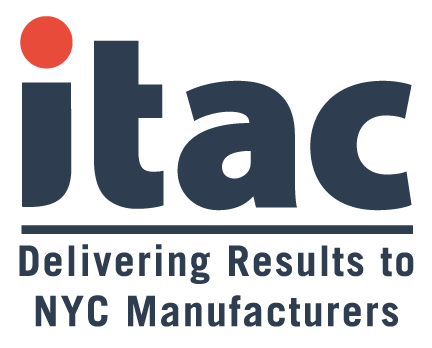As 2022 came to a close, we were as amazed as we are every year by all the “___ of the Year” lists. It seems like every media outlet creates its own list of the year’s 10 best books, and then there’s the Sherwin-Williams Color of the Year, the Merriam-Webster Word of the Year, and so on.
This got us thinking – what if workforce development had its own word of the year? But instead of looking backward, this word should inspire us for the coming year. What if we could pick one concept that guides all our efforts for 2023?
Of course, this is just a humble opinion – but aren’t all these lists just opinions? So, because we came up with the idea of the Workforce Development Word of the Year, we hope you’ll indulge us by allowing us to choose its inaugural word.
For 2023, the Workforce Development Word of the Year is “Seamless.”
As in: If we’re going to solve the current talent crisis, we need our workforce programs to make it easy for participants to move seamlessly from one stage – engagement, recruitment, training or employment – to the next.
As in: We often talk about the talent pipeline, but there is “spillage” throughout the talent development process, which causes people to miss out on great opportunities, and companies to miss out on productive workers. If we make transitions – from training to employment, for example – seamless, we can ensure a steadier stream of talent into the American manufacturing industry.
As in: In Germany, its manufacturing sector is powered by apprenticeships, a seamless system that helps students experience employment as early as ninth grade and transition directly into their careers upon high school graduation.
Barriers to employment
Too often we see unnecessary interruptions in training programs or unexpected barriers to employment for graduates who have put in the time and effort to earn their certifications. These gaps take many forms – here are a few examples:
Temporal: When a lot of time passes between the trainee’s graduation and their actual employment.
Educational: When courses taken don’t align with the employer’s actual needs.
Compensatory: When the employer’s salary doesn’t meet the trainee’s expectations.
Cultural: When the employer isn’t ready to successfully integrate a new worker into the company culture.
Will your graduates have transportation to their new job? Do the employer’s available work shifts match up with the individual’s lifestyle needs? Will the graduates feel comfortable in the new workplace and be provided with a clear career path for the next few years? If the answer to any of these questions is “no” or “I don’t know,” then your program isn’t seamless!
How can you make your workforce efforts “Seamless”?
This theme should inform all our workforce efforts. First, think of the hiring process: Does your hiring process seamlessly cultivate the job seeker from initial interest to engagement with your website to the interview to their first day on the job, all while giving an outstanding employee experience?
You can also think on a local level. Are your nonprofits, educational organizations and employers working together seamlessly to develop talent? More broadly, are we as a society offering seamless transitions for people whose life circumstances are changing – e.g., being released from prison, aging out of foster care, or recently unemployed – to try a manufacturing career as their next step in life? A worker should also be able to see themselves seamlessly transitioning from one role to another within your organization. For example, from production to supervisor to company leadership.
ITAC can help you – seamlessly!
As we launch an exciting new year, we ask: What are you doing to ensure your workforce development programs are as seamless as possible?
______
ITAC is the NYC chapter of the Manufacturing Extension Partnership (MEP) network, affiliated with the National Institute of Standards and Technology (NIST). These non-profit organizations deliver technical, consulting, and workforce development services to small and medium-sized businesses in the manufacturing community.
The insight for this article originated from NIST MEP.






